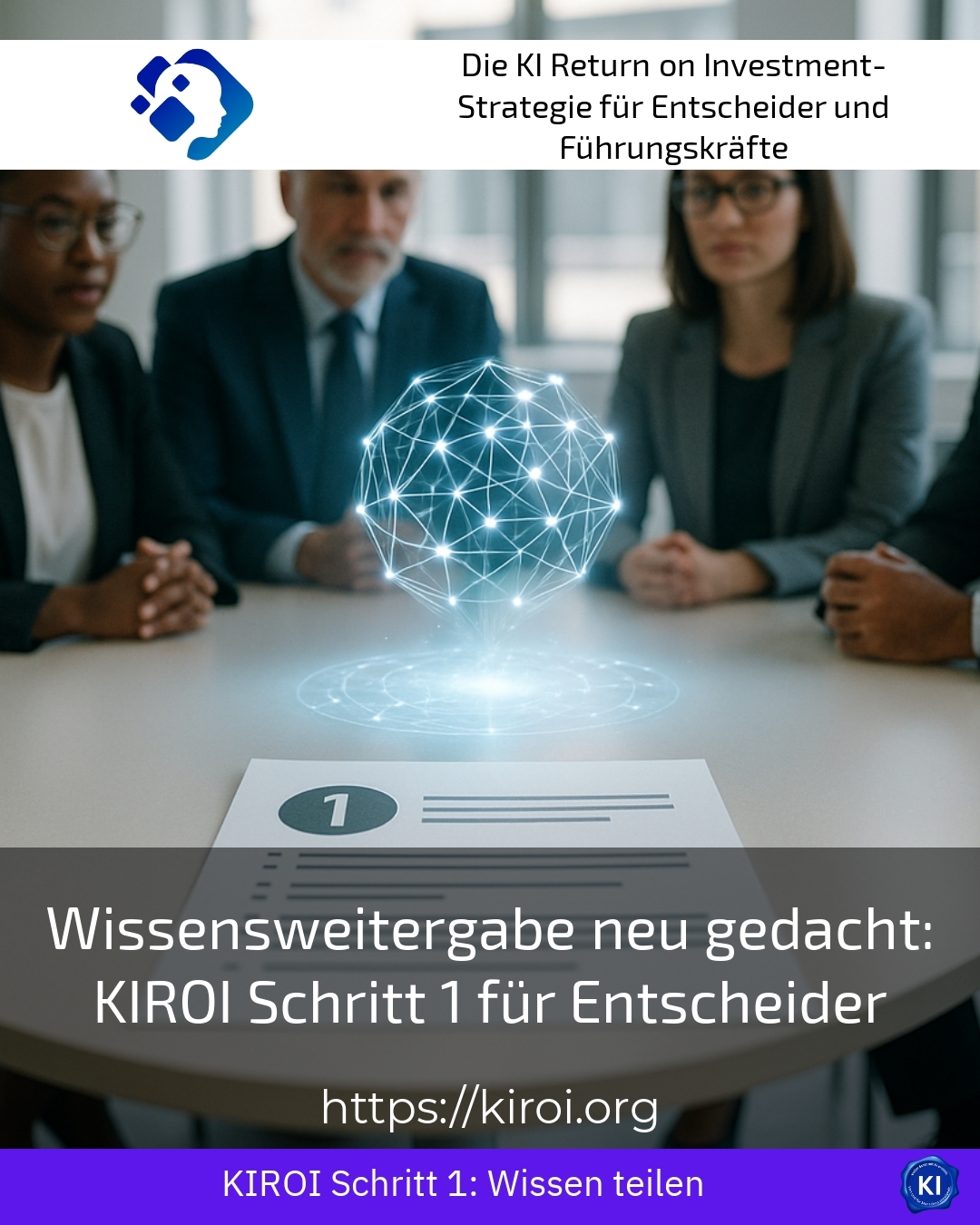Today, knowledge transfer is a key success factor for companies that want to continuously develop. Many decision-makers are realising that traditional training and documentation alone are no longer enough. Instead, innovative approaches that convey knowledge in a lively, sustainable and practical way are becoming increasingly important. Rethinking knowledge transfer means designing processes that actively involve employees and integrate knowledge into everyday life.
Knowledge transfer as a strategic challenge
Companies face the challenge of securing and passing on valuable knowledge. Knowledge can be lost, especially when employees change or projects are finalised. Decision-makers are looking for solutions that organise knowledge transfer systematically and sustainably. This includes both digital tools and human interaction.
Practical examples show this: In production, experienced technicians document their experiences in short videos. In sales, teams regularly exchange information about successful customer meetings in workshops. In IT, solutions to common errors are stored in a centralised knowledge database. These measures support the transfer of knowledge and strengthen performance.
Modern methods of knowledge transfer
Mentoring and peer learning
Mentoring programmes are a tried-and-tested method of passing on knowledge from experienced employees to new colleagues. Peer learning formats, in which employees learn from each other as equals, are also becoming increasingly important. Both approaches promote dialogue and team bonding.
An example from consulting: young consultants are mentored by experienced colleagues and receive regular feedback. In logistics, experienced and new employees work together in learning tandems. In research, scientists exchange ideas about current projects in communities of practice.
Storytelling and interactive workshops
Storytelling brings knowledge to life and makes it memorable. Stories make complex contexts understandable and tangible. Interactive workshops also offer the opportunity to apply knowledge directly and reflect on it together.
An example from the healthcare industry: nursing staff talk about their experiences with difficult patient cases in workshops. In the financial sector, success strategies are presented in storytelling formats. In education, teachers use storytelling to convey complex topics in a vivid way.
Digital tools and platforms
Digital tools facilitate knowledge transfer and make knowledge accessible at all times. Platforms such as wikis, knowledge bases and mobile learning apps enable employees to share and access knowledge.
An example from industry: technicians document maintenance instructions in a centralised database. In IT, training courses are offered via e-learning platforms. In administration, employees use mobile apps for onboarding new colleagues.
Anchoring knowledge transfer in everyday life
For knowledge transfer to have a lasting effect, it must be anchored in everyday life. This includes regular exchange formats, integration into processes and the creation of an open culture.
Practical examples: In production, „lessons learnt“ sessions are held after projects. In sales, there are regular team meetings to share experiences. In IT, knowledge transfer and documentation are integrated into target agreements.
BEST PRACTICE with one customer (name hidden due to NDA contract) and then the example with at least 50 words.
A medium-sized company in the logistics sector has introduced a mentoring programme for new employees. Experienced colleagues accompany the new employees for several months and pass on their knowledge in regular discussions. In addition, experiences are documented in an internal knowledge database. This has significantly shortened the familiarisation period and strengthened employee loyalty. The transfer of knowledge is thus organised systematically and sustainably.
My analysis
Knowledge transfer is a central building block for the continuous development of companies. Modern methods such as mentoring, storytelling and digital tools support the process and bring knowledge to life. Decision-makers should systematically organise knowledge transfer and embed it in everyday life. In this way, knowledge is sustainably secured and passed on.
Further links from the text above:
Knowledge transfer methods: Strategies for securing knowledge
Knowledge management in the company: The 3 best ...
Knowledge transfer - definition, methods, examples
Knowledge transfer in the company: Targeted knowledge ...
Knowledge transfer | Definition, methods & examples
For more information and if you have any questions, please contact Contact us or read more blog posts on the topic Artificial intelligence here.















